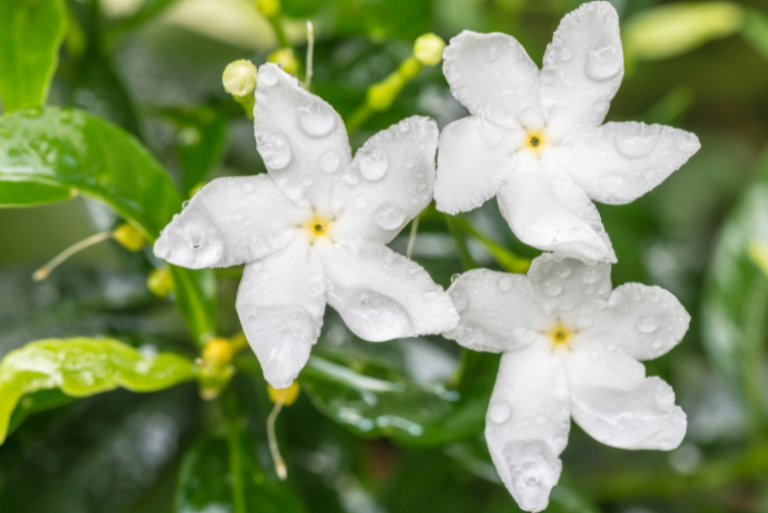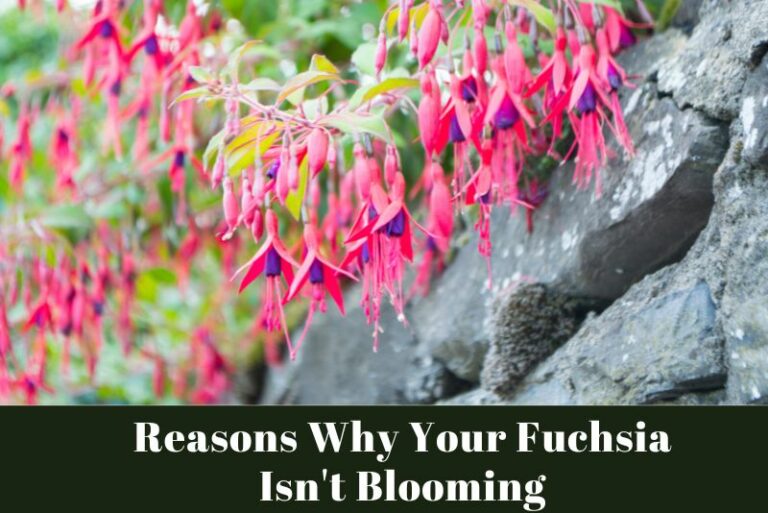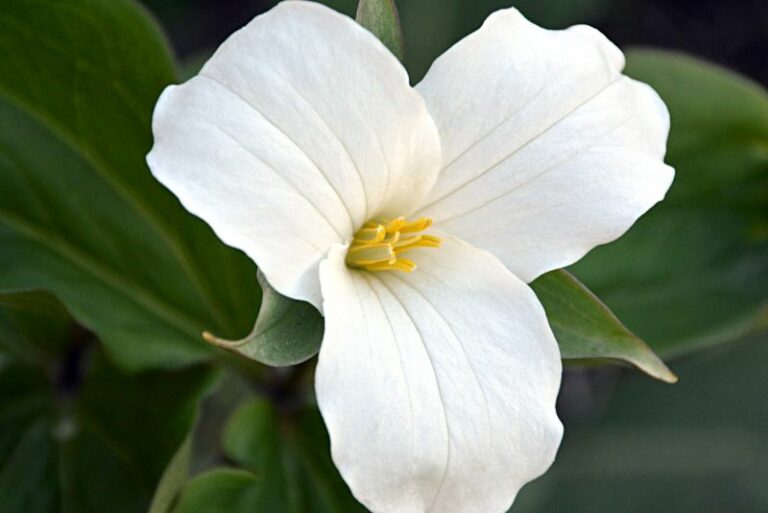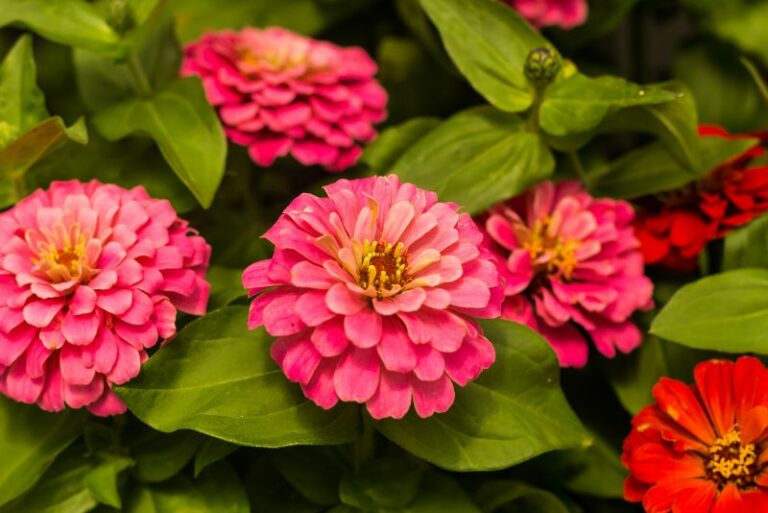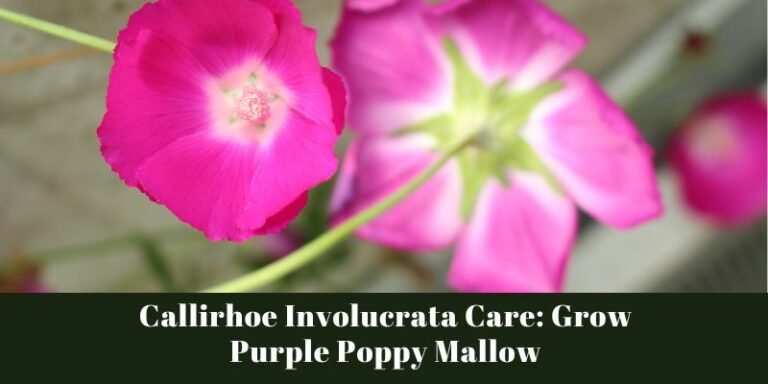Eating Snapdragons: How to Harvest and Use the Flowers and Leaves
For a garden that’s not just a feast for the eyes, but also a source of unique culinary experiences, snapdragons hold a special place. These delightful blooms are not only known for their vivacious colors and intriguing snap-like blooms but also for their often overlooked role in the kitchen. If you’re a garden enthusiast who loves to experiment with flora in your dishes, a culinary explorer always on the lookout for novel flavors, or a health-conscious individual interested in natural foods, this post is your gateway to the world of edible snapdragons.
Growing Snapdragons

Before you can savor the peppery nuances of snapdragons, you need to cultivate them in a way that maximizes their culinary potential.
Snapdragons thrive in cooler temperatures and full sunlight, but they can tolerate a bit of shade. They prefer well-draining soil, so adding a bit of organic matter can help enhance the soil’s texture. Keep the soil moist but not waterlogged, and ensure good air circulation to deter diseases. You may also wish to consider starting your snapdragons indoors from seeds for an earlier start on the season.
When it’s time to harvest, don’t be too eager. Wait until the flowers have fully opened, which indicates they’re at their peak for flavor and nutritional content. Gently pinch the stem under the flower to encourage more blooms and refrain from stripping the plant of all its flowers at once. Your plants will be grateful, the chef’s knife eager, and the next meal all the more delectable for your patience.
Culinary Uses
Edible Parts of Snapdragons
The flowers and leaves of the snapdragon plant are the parts most commonly used in the kitchen. They offer color and a subtle, peppery flavor that can elevate a dish from ordinary to extraordinary. The flowers, in particular, come in a range of colors and are often used as a garnish, adding a bright and unexpected pop to the plate.
Harvesting Snapdragon Flowers and Leaves
When it comes to harvesting, quality is key. Choose flowers and leaves that are young and tender, as they’ll have the best flavor and texture. Avoid any that are wilted or already damaged. For the leaves, harvest them before the plant starts to flower to ensure they’re at their most palatable.
To harvest the flowers, simply pinch at the base of the stem stalk to remove individual blossoms. For the leaves, use gardening shears or simply pinch them off with your fingers. Always leave enough foliage on the plant to support its growth and future blooms.
Recipes Incorporating Snapdragon Flowers and Leaves
Let’s dive into the culinary creativity snapdragons can inspire. Here are a few recipes that celebrate the subtle charm of these edible blossoms:
Snapdragon Spritz
This refreshing drink pairs the unique flavor of snapdragon flowers with your favorite sparkling water, a splash of elderflower cordial, and a twist of lime. Enjoy as a non-alcoholic cocktail or add a little gin for a spirited twist.
Ingredients:
- 6-8 snapdragon flowers
- 1 cup sparkling water
- 1 tablespoon elderflower cordial
- A squeeze of lime
Instructions:
- Gently muddle the snapdragons in a glass to release their flavors.
- Add the sparkling water, elderflower cordial, and lime.
- Stir and serve over ice.
Snap Pea and Snapdragon Salad
For a fresh and crunchy salad with a hint of floral zest, combine snap peas, radishes, and snapdragon flowers. Dress with a light vinaigrette and you have a side that’s a marvel for the palate and the eyes.
Ingredients:
- Handful of snapdragon flowers
- 2 cups snap peas, strings removed
- 4-5 radishes, sliced
- 2 tablespoons olive oil
- 1 tablespoon vinegar of your choice
- Salt and pepper to taste
Instructions:
- Blanch the snap peas in boiling water for 1 minute, then transfer to an ice bath to cool.
- In a large bowl, whisk together the olive oil, vinegar, salt, and pepper.
- Toss the snapdragons, snap peas, and radishes in the vinaigrette.
- Serve and enjoy.
Snapdragon Scones
Infuse your baked goods with the flavors of the garden by adding snapdragon petals to your scone mix. Serve with a dollop of clotted cream and a spoonful of your favorite preserves for a delightfully floral afternoon tea.
Ingredients:
- 2 cups all-purpose flour
- ¼ cup sugar
- 1 tablespoon baking powder
- ½ teaspoon salt
- ½ cup cold butter, cut into small pieces
- ¾ cup heavy cream
- 1 large egg
- 1 teaspoon vanilla extract
- ¼ cup snapdragon petals
Instructions:
- Preheat oven to 425°F.
- In a large bowl, combine the flour, sugar, baking powder, and salt.
- Cut in the butter until the mixture resembles coarse crumbs.
- In a separate bowl, whisk together the cream, egg, and vanilla.
- Add to the dry ingredients and stir until just combined.
- Gently fold in the snapdragon petals.
- Turn the dough onto a floured surface and knead lightly.
- Pat into a ¾-inch thick circle and cut into wedges.
- Place the wedges onto a baking sheet and bake for 10-12 minutes or until golden.
Health Benefits
Nutritional Value
Snapdragons are a surprising source of nutrients. The flowers and leaves contain antioxidants, vitamins, and minerals that can contribute to a well-rounded diet. The rich pigments that give the flowers their color also hint at the presence of beneficial phytochemicals that support good health.
Potential Health Benefits of Consuming Snapdragons
While not a panacea, snapdragons may offer certain health benefits. The peppery flavor of the leaves suggests the presence of compounds that can aid in digestion, while the flowers’ subtle sweetness combined with the peppery undertone could do double-duty to support the gut.
Always remember to consume any unfamiliar plant in moderation, paying attention to your body’s reaction. If you have allergies, particularly to plants in the same family, exercise caution or consult a healthcare professional before incorporating snapdragons into your diet.
Creative Tips
Decorative Uses in Dishes
The bright, delicate petals of snapdragons can instantly turn a plain dish into a masterpiece. Think beyond garnishes and use them to embellish cakes, sprinkle them over salads, or crystallize them for an unexpectedly sweet adornment on cupcakes. Be sure to remove the bitter pistil before using the petals in any dish.
Infusion Ideas and Garnishing Techniques
Snapdragons can also infuse their essence beautifully into syrups, jellies, and even butter. The flowers can be floated in cocktails or steeped in hot water for a calming tea. For a more permanent decorative effect, press them to preserve their form and color, using them to garnish dishes for a long time to come.
Conclusion
Snapdragons have earned their place in the earth, not just as a visual wonder, but as a hidden gem in the gastronomic world. Their blooms and leaves offer depth and dimension to the foods they grace, leaving a lasting impression on those who appreciate not just sustenance, but the entire experience of a meal.
As you tend to your snapdragons, or perhaps even on your next visit to the florist or market, consider the many delicious paths they can lead you down. From the simplest of salads to the most elaborate of entreés, snapdragons can be the conversation piece that punctuates your plate and your meals with the unmistakable flavor of the garden. Fall in love with the art of eating snapdragons—after all, good food, much like these whimsical plants, is meant to be savored, honored, and shared.

